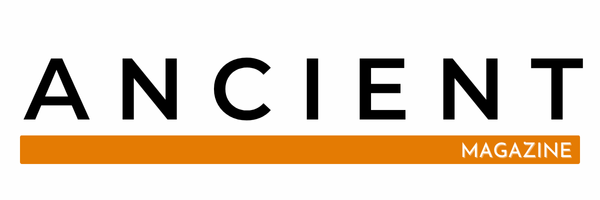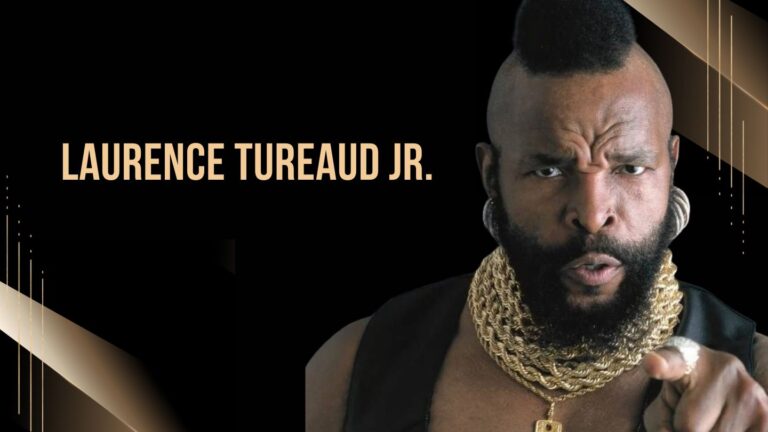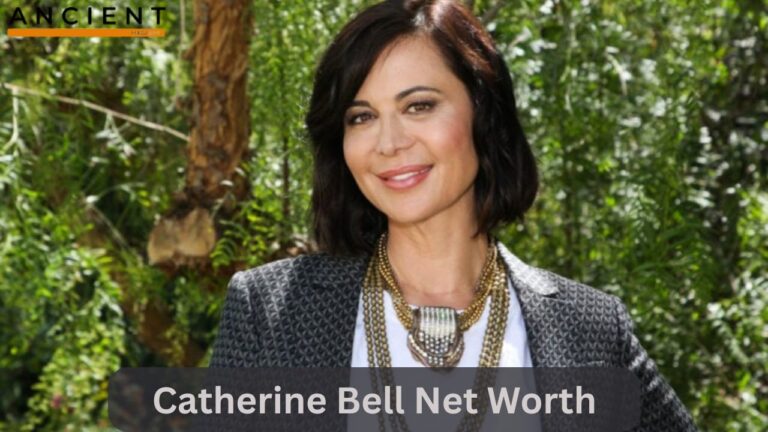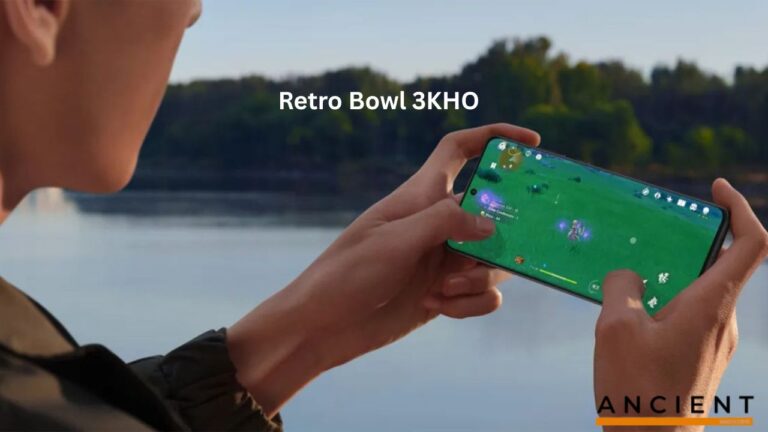A Guide to back casting room
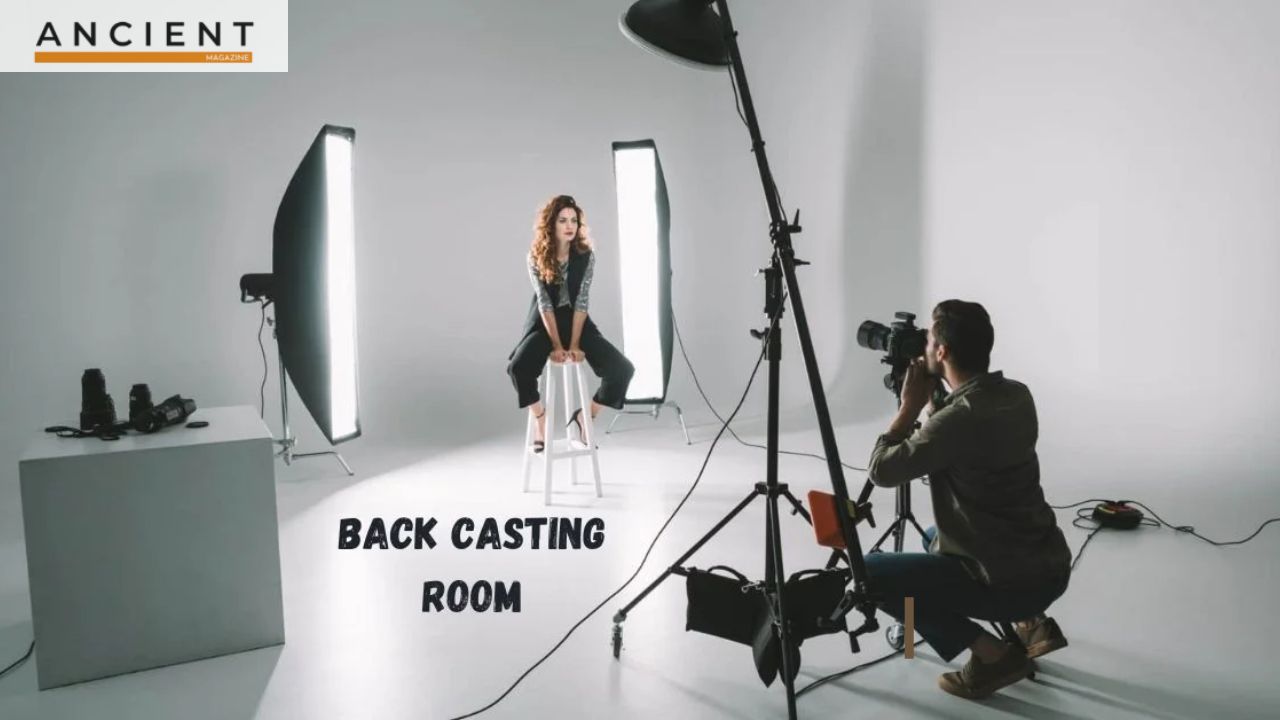
Why did I want to learn about a back casting room?
The first time I came across the term back casting room, I was a little confused. I had heard of forecasting before, but back casting was new to me. I asked myself, What makes this different and why would people use it? After reading, testing, and learning from others, I realized that this approach can be a powerful way to plan for the future. In this article, I’ll share what I discovered in simple English so you can understand and use it too.
Facts and Figures Related to Back Casting Rooms
| Area of Planning & Strategy | Fact / Figure | Source / Context |
|---|---|---|
| Strategic planning success rate | Organizations with structured planning methods (including back casting) are 33% more likely to achieve long-term goals. | Harvard Business Review |
| Sustainability planning | Back casting has been used in over 60% of sustainability projects in Europe and Canada since the 1990s. | International Institute for Sustainable Development |
| Business adoption | Around 45% of Fortune 500 companies now use scenario or back casting techniques for innovation planning. | Deloitte Insights |
| Employee engagement | Teams using vision-based methods like back casting report a 23% higher engagement rate compared to traditional forecasting sessions. | Gallup Workplace Study |
| Project clarity & outcomes | Projects that begin with a future vision (like in a back casting room) are 2.5 times more likely to finish on time and within budget. | Project Management Institute |
| Education & training | More than 70 universities worldwide include back casting in sustainability and business strategy courses. | Academic Planning Survey |
What is a back casting room?
At its core, a back casting room is a space—either physical or virtual—where people come together to plan by looking backward from a future goal. Instead of predicting what might happen (like forecasting does), back casting starts with a clear vision of the future and then works step by step in reverse to figure out how to reach it.
For example, if I imagine a city that runs only on clean energy by 2050, the back casting process would ask: What do we need to do by 2040? By 2030? By 2025? The room is simply the place where this thinking and discussion happen.
How does a back casting room work?
When I first tried to understand how a back casting room functions, I broke it down into simple steps:
- Set the future vision – Decide on the long-term goal.
- Work backward – Identify the milestones needed to get there.
- Brainstorm strategies – Use group discussions, charts, or boards.
- Assign actions – Break big goals into smaller, practical steps.
- Review and adjust – Check progress and refine when needed.
I noticed that in practice, this method is often more inspiring than forecasting because it gives me a clear picture of the desired future rather than guessing about trends.
Why is a back casting room important?
At first, I asked myself, Why do we need a back casting room at all? The answer became clear once I saw the benefits:
- It helps me focus on solutions instead of problems.
- It creates motivation by showing the future I want to achieve.
- It builds teamwork since everyone shares the same vision.
- It avoids the trap of simply reacting to changes—we create the future instead.
For me, the importance lies in its ability to bring clarity and hope, especially in uncertain times.
What are the main features of a back casting room?
When I picture a back casting room, certain features always come to mind:
- Future vision boards – Tools that show the desired outcome.
- Collaborative space – Tables, whiteboards, or digital tools for brainstorming.
- Timeline charts – Clear breakdown of years, milestones, and steps.
- Participation rules – Everyone’s input is valued equally.
These features make the room feel less like a meeting and more like a creative workshop.
How can I use a back casting room in practice?
I wanted to test how a back casting room works in real life, so I tried a few small projects:
- Personal goals – I imagined myself finishing a book in 2 years, then worked backward to set monthly writing targets.
- Business planning – I used back casting to design a customer growth plan, starting with the end target and mapping steps backward.
- Community projects – I joined a group discussion where we envisioned a greener neighborhood and then listed changes year by year.
From my experience, the key is keeping the steps realistic and flexible.
What challenges come with using a back casting room?
While the process is powerful, I noticed some challenges with the back casting room:
- People sometimes struggle to agree on the final vision.
- It requires creativity, which not every group is comfortable with.
- Without good facilitation, discussions can go off track.
- It can feel unusual at first since most of us are used to forecasting.
To overcome these, I learned that it helps to have a skilled facilitator, clear rules, and patience.
How does a back casting room compare to other planning methods?
To better understand the value, I created a simple comparison table:
| Method | Focus | Strengths | Weaknesses |
|---|---|---|---|
| Back Casting | Start with the future and work backward | Inspiring, solution-focused, clear steps | Needs strong facilitation |
| Forecasting | Predict future based on past data | Data-driven, familiar | Often uncertain, reactive |
| Scenario Planning | Explore multiple possible futures | Flexible, covers many outcomes | Can be complex and unfocused |
This table helped me see why the back casting room stands out—it’s about vision and clear action rather than endless prediction.
Where can I learn more about back casting rooms?
When I wanted to explore further, I found some useful resources:
- Books on sustainability planning that explain back casting.
- Online workshops where experts share techniques.
- Case studies from companies and governments using the method.
- Free templates for back casting exercises.
I personally found that practicing small exercises with friends was the easiest way to really understand it.
Final Thoughts: What did I learn from the back casting room?
After exploring, I can say that the back casting room is more than just a space—it’s a mindset. It taught me that I don’t have to wait and see what the future brings; I can design the future I want and then work backward to create it.
The biggest lesson for me is this: while forecasting shows possible futures, back casting gives me a roadmap to the one I truly want. That is why I believe this method is worth learning and practicing.
Frequently Asked Questions (FAQ)
What is the purpose of a back casting room?
It helps people imagine a desired future and then plan backward to achieve it.
Who should use a back casting room?
Businesses, communities, schools, or even individuals who want to plan long-term projects.
Can a back casting room be virtual?
Yes, many groups now use online tools, video calls, and shared digital boards for back casting.
How long does a session last?
It can range from a couple of hours to a few days, depending on the size of the goal.
What skills do participants need?
Mainly openness, creativity, and teamwork—no special technical skills are required.
